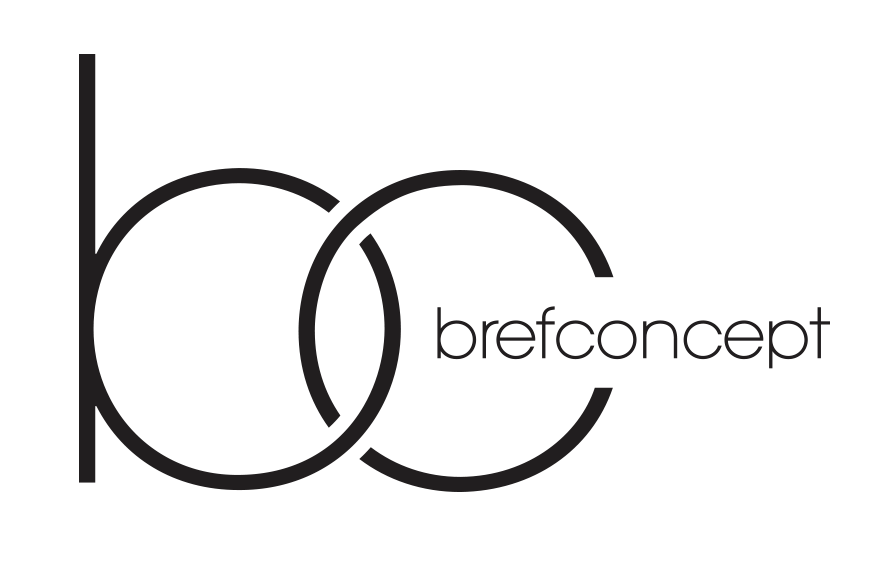Google knows this, so it analyzes your content to ensure it fits the user’s search. Net Friends turned to WebFX to help them boost their presence in search engines to attract qualified traffic and leads for their business. You can also invest in on-page SEO services to help you optimize your site’s content.
Using relevant images provides context, communicates information in a user-friendly way, and breaks up large bodies of text. Using ALT tags on images improves site accessibility and is viewed positively by search engine crawlers. The part of SEO that involves optimizing a website’s content and source code is known as on-page SEO (as opposed to off-page SEO). In other words, on-page SEO is the work you put into revising and developing your webpages.
Add Internal Links
So our designer made a simple visual that makes this concept easy to understand. I don’t know about you, but I have a hard time picturing 27.8 billion anything. These work so well that I try to include at least one chart in every post. In fact, here are 4 types of visual content that are super easy to pull off. That’s why I invest a lot of my marketing budget into content design.
Heatmap tools like Hotjar or Crazy Egg can visually demonstrate how users navigate your pages, helping you optimize for better engagement. Whereas on-page SEO refers to content optimization, meta descriptions, title tag formatting, and image optimization, off-page SEO focuses more on external elements. Off-page SEO may include link-building, social media marketing, guest posting, and influencer marketing. It may also include building backlinks, which are external links on third-party web pages that direct readers to your page. Off-page SEO strategies aim to bring external traffic to your website. Adding your main keyword in prominent locations like the title, headings, and the first 100 words of your content signals its importance.
Meta Description
You need to encourage clicks by offering value to searchers from a user experience point of view. Organize your content with clear and hierarchical headings (H1, H2, H3, etc.). Proper headings improve readability and help search engines understand the structure of your content. Using main and secondary keywords in your headings also supports keyword optimization. It’s a format to mark up the information about the web page so search engines understand it better. In SERPs, structured data visually improve the user experience and the click-through-rate.
- We created this complete guide to help refresh your on-page SEO knowledge and keep you updated on the current best practices for optimizing on-site ranking signals.
- Even with all of Google’s modern algorithms, on-page SEO basics still play a major role in getting your website and content to rank in the SERPs.
- Join millions of self-starters in getting business resources, tips, and inspiring stories in your inbox.
- There, the clerk pulls up an internal reference guide for what stores sell which products.
You can do this by tracking your keyword rankings and analyzing your traffic. To optimize for voice search, use conversational language in your content to align with users’ natural speaking style. Implementing conversational, question-based, and long-tail keywords helps optimize voice search, as these align with how users typically phrase their voice queries. Optimizing page speed is crucial because it significantly affects user experience and is a confirmed ranking factor for Google. Ensure your main keyword is in the introduction, conclusion, h1, and meta description.
What is the difference between on-page SEO and technical SEO?
You can achieve this by pitching stories to journalists or contributing guest blog content for other brands. Every day, eager shoppers use search engines like Google to inform their purchase decisions. Showing up in their results at this point is critical—if you’re top-of-page, you’re also likely top of mind, and better positioned to make a sale. Optimizing your site for search engine users—known as on-page SEO—is, therefore, an incredibly valuable growth strategy. Backlinks, also called inbound links, are links from other websites directing to your site and are among the most powerful ranking factors in SEO.
If the search engine can’t quickly and easily understand what your site is about, it’s less likely to display it in search results. Looking at the content, images, page titles and more, Google scans websites to learn about them. The best way to help new visitors find you is with a little push from Google. To ensure your site shows up in search results, you’ll want to invest some time in SEO, otherwise known as search engine optimization.
It may also be useful to check your content against other pages ranking for your chosen keyword. For example, if competitor content has a compelling and friendly tone, you can mirror this to meet the expectations of your audience. For example, it’ll make sense for many people to start with their homepage. Your homepage is meant to offer an overview to your audience and likely direct them to browse your store, services, or content or learn more about you. If your content is outdated or missing key information that’s now relevant, it won’t perform as well in search results. By updating the page, you can ensure it follows on-page SEO best practices and provides helpful information to your audience.
When naming your pages or selecting a domain name, have your audience in mind first. How you choose to optimize your site depends largely on your audience, so make sure you have them in mind when crafting your website content. Like it sounds, “duplicate content” refers to content that is shared between BHS Links domains or between multiple pages of a single domain. “Scraped” content goes a step further, and entails the blatant and unauthorized use of content from other sites. This can include taking content and republishing as-is, or modifying it slightly before republishing, without adding any original content or value. Google is clear that you should have a comprehensive page on a topic instead of multiple, weaker pages for each variation of a keyword.
